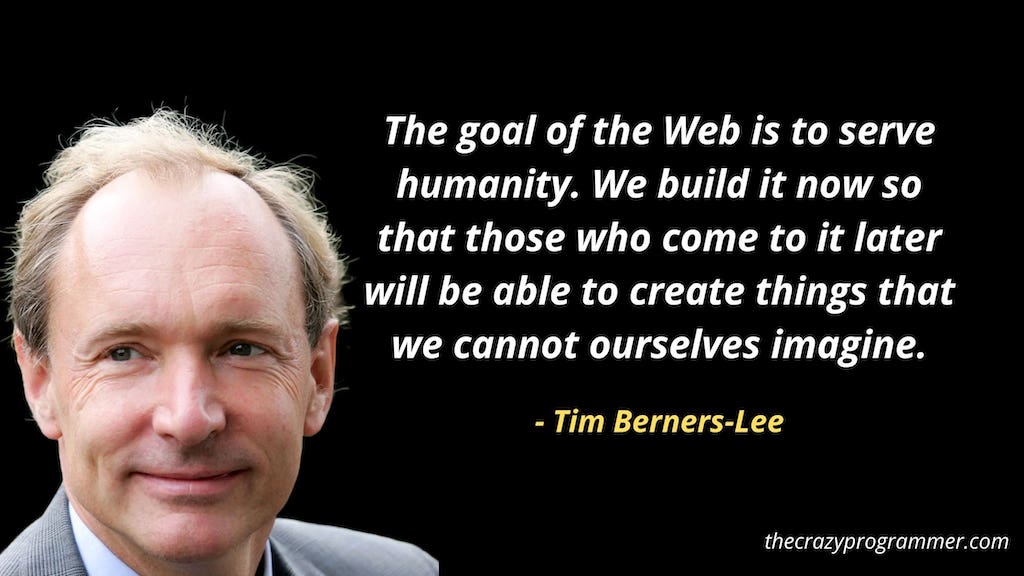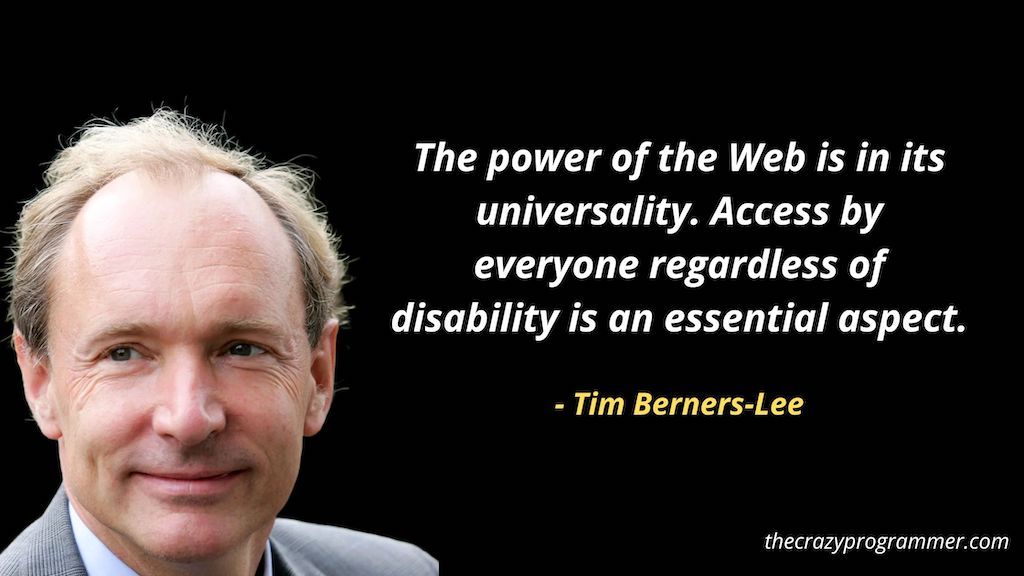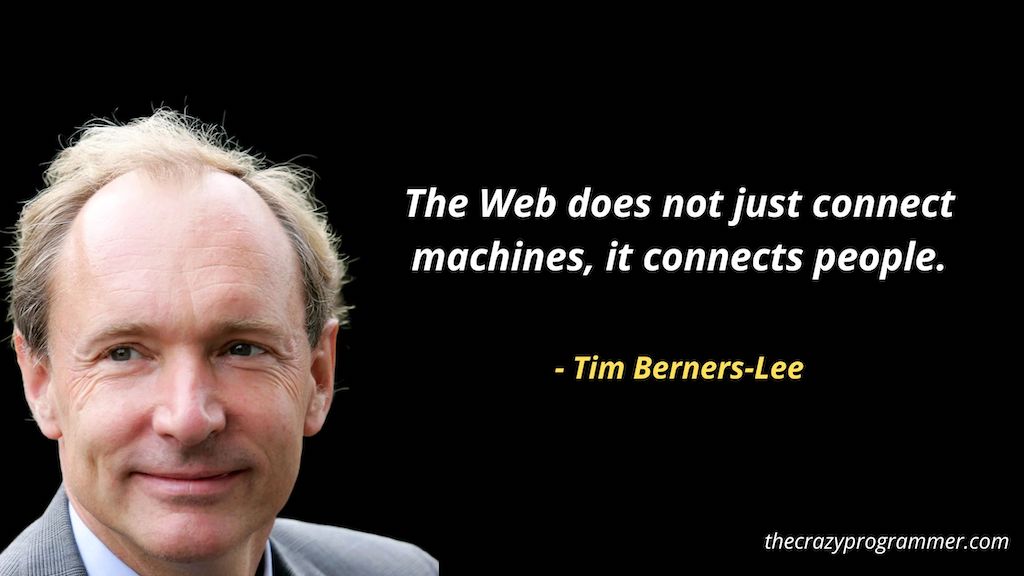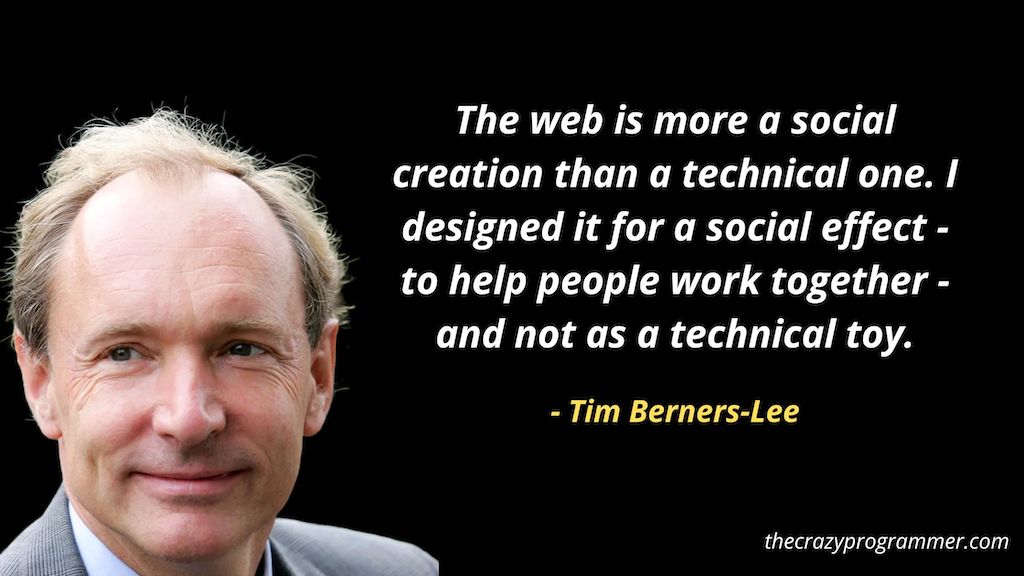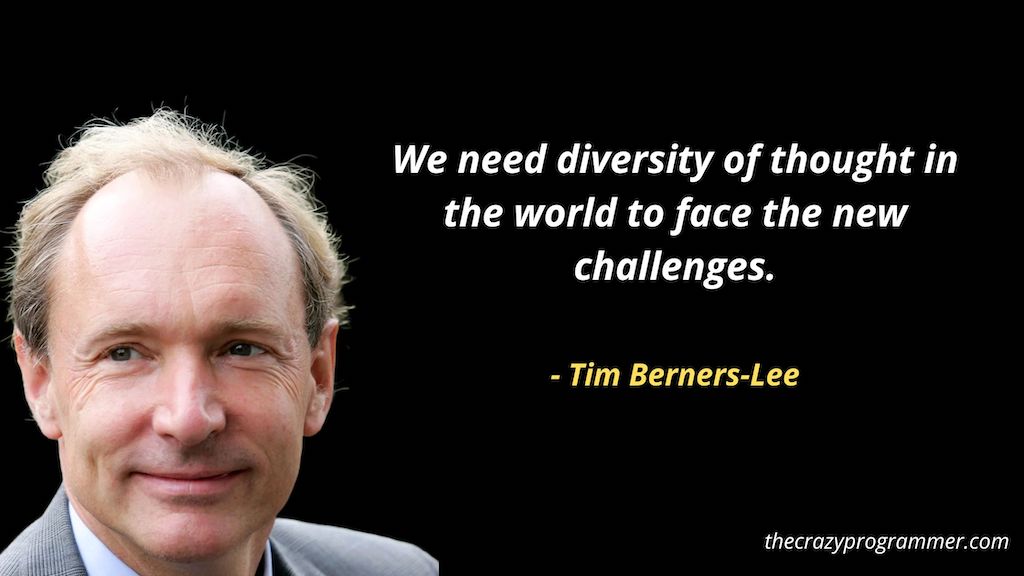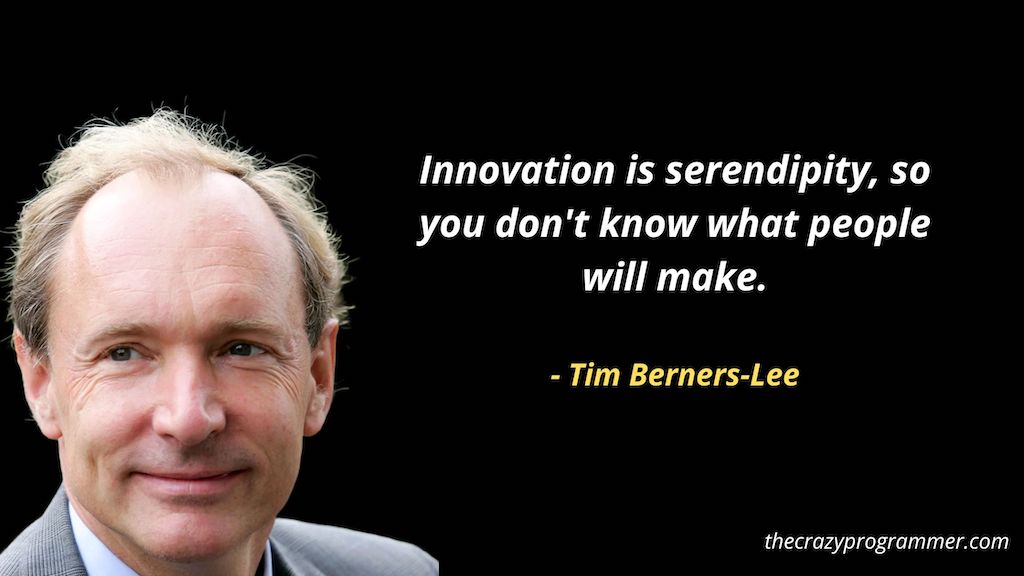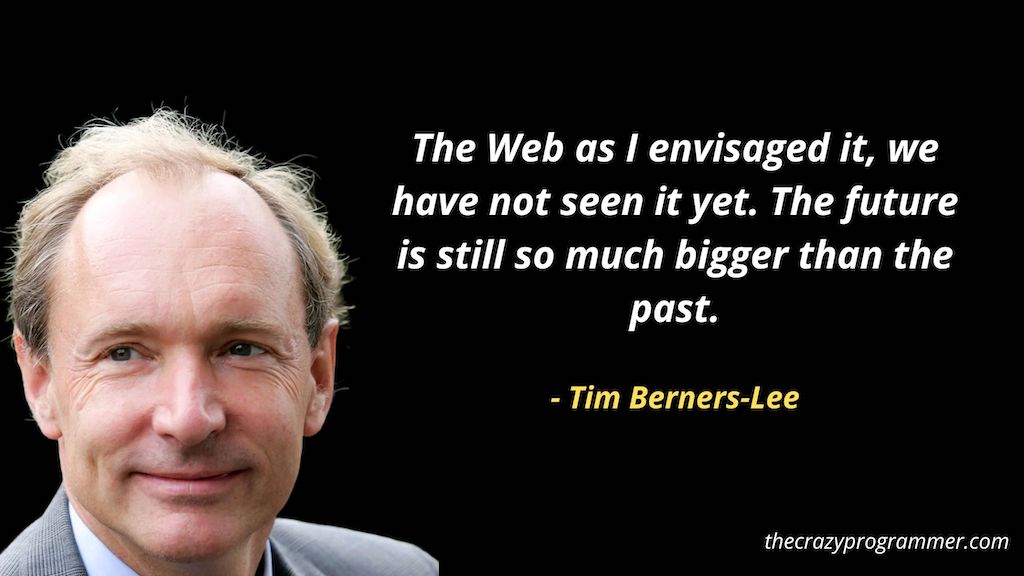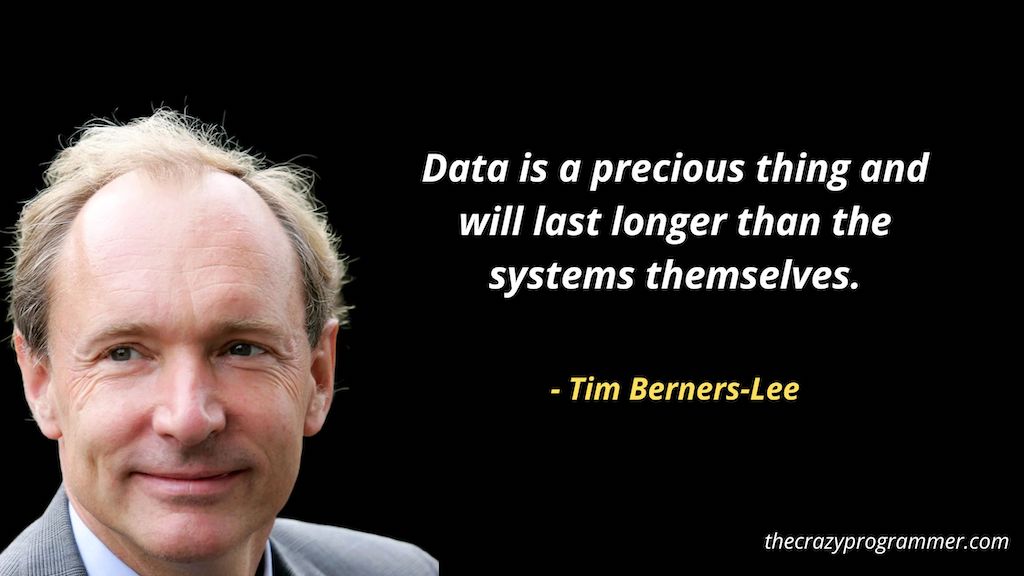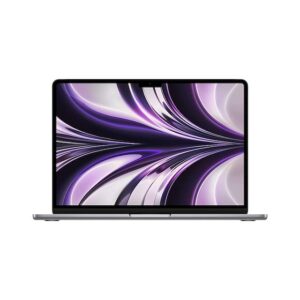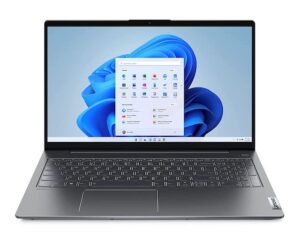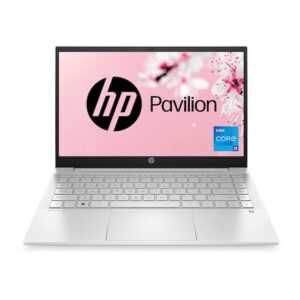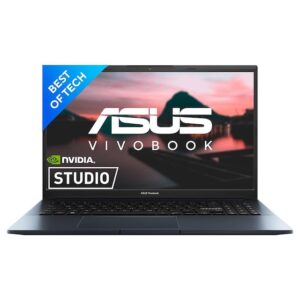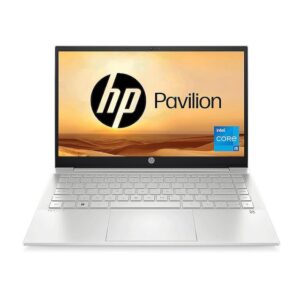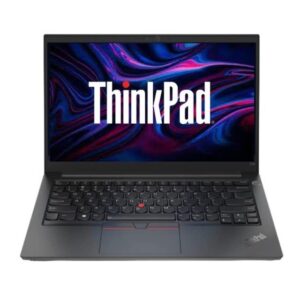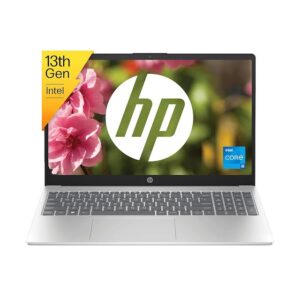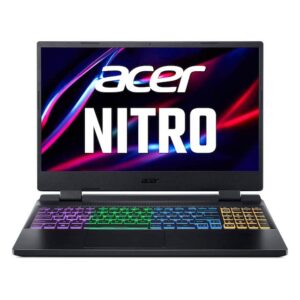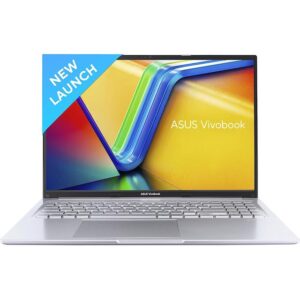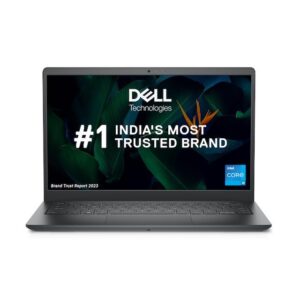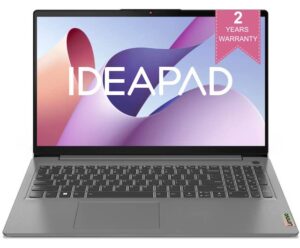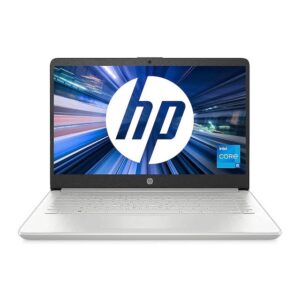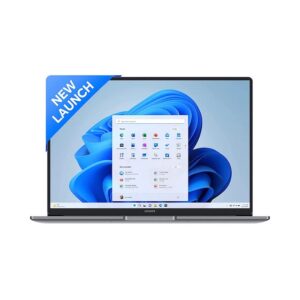DIGITAL ELECTRONIC
First impressions hold immense significance, and this is true not only for physical encounters but also for digital products. It’s this very notion that has propelled the advancement of user interfaces within web and mobile apps. Gradually and persistently, contemporary mobile and web design have dared to push the limits, intricately blending aesthetics, functionality, and effortless interaction. Join us as we delve into the strategies for delivering truly exceptional outcomes within this ever-evolving domain.
The significance of mobile and web app design
In web and mobile app development, design is of vital importance. It transcends mere aesthetics; it’s about shaping experiences that resonate and make a lasting impact.
Think about the software you find yourself drawn to – the one that holds your attention beyond functionality. This may be a web solution or a product for smart devices. Chances are, its appeal goes deeper; it’s about how it evokes emotions. This is the essence of design. It’s the subtle art that elevates an app from merely functional to genuinely enjoyable. Perfect UI crafts the atmosphere, tone, and sentiment behind each interaction, forming an experience that users connect with on a personal level.
A well-designed interface allows people to carry out their tasks effortlessly. And it fosters trust. An organized, clean UI instills assurance, signaling that an app is reliable and user-oriented. People are more likely to engage, explore, and even recommend such a solution. This is highly beneficial for companies offering digital products.
10 Key Principles to Follow
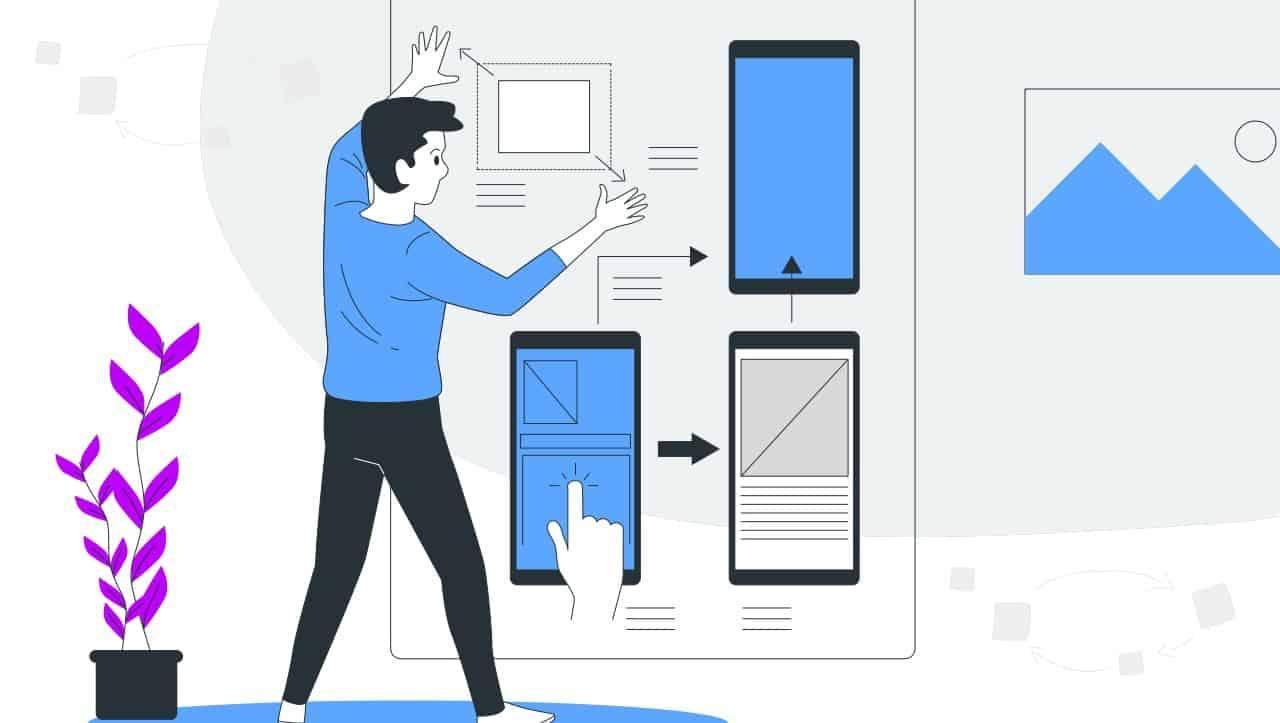
There are many ways to implement a visually pleasing design. Let’s look at the essential principles that navigate a path to design excellence.
Conducting User-centric Research
Commitment to user-centricity is at the heart of the UI revolution. To make products that appeal to as many users as possible, specialists must carry out user research. They should figure out what people really want, what they do, and what causes problems for them. In brief, specialists must detect all aspects that help make interfaces not just look cool, but actually work.
So, professionals must understand how users click, swipe, and perform other actions. By doing this, designers get a grip on what colors, fonts, and layouts people find the most pleasant. But it’s not just about making things look pretty – it’s about solving problems, too. Through interviews and surveys, designers spot the speed bumps in the user journey, the things that mess up the experience. Armed with this knowledge, they create exceptional products.
Nowadays, tailor-made experiences are indispensable. Whether it’s making a web solution super easy to use for seniors or making sure everyone can actually read the text, user-centric research is a must.
Optimizing Navigation
Navigating through an app shouldn’t feel like rocket science. That’s why specialists working on mobile and web app design simplify navigation. They aim for a seamless user experience where people effortlessly find their way around software features.
Providing intuitive navigation is like giving users a reliable map – clear and straightforward. Designers strategically place buttons, menus, and tabs so that users don’t have to spend much time figuring out how an app works. They arrange elements logically.
There is one more factor they consider – complexity. That’s why they try to reduce unnecessary steps and choices. Imagine ordering a pizza: you need to get food quickly but you have to fill out a survey first. No one wants that. By simplifying navigation, designers make sure users interact with an app as efficiently as possible.
You should also ensure a perfect user flow. This means that users smoothly transition between different sections without feeling lost. With the right navigation, they can explore a digital product hassle-free.
Also Read: 10 User UI Components That Developers Need to Know
Creating a Consistent Visual Language
Visual harmony is a prerequisite for success. Specialists must craft a consistent visual language that ties everything together, from icons to colors. This makes a software product aesthetically appealing and pleasant to use.
When you navigate through different sections of such an app, it all feels like part of the same family. That’s the strength of a consistent visual style. Using the same fonts, colors, and icons doesn’t make the solution look plain. The main goal here is to ensure the sensation of familiarity.
But it’s not just about appearances. A unified visual language means users can explore different parts of your software without feeling like they’ve wandered into a different world. By sticking to consistency, designers help users transition smoothly, without feeling lost.
Icons, typography, and colors are the building blocks here. Professionals engaged in mobile and web app design ensure these elements work together cohesively.
When designers settle on a recognizable style, they’re not just focusing on aesthetics; they’re crafting software that people can navigate with assurance, knowing that wherever they explore, the experience will be as familiar as a well-trodden path.
Implementing Mobile Responsiveness
Specialists must ensure a software solution looks perfect on all screens. This approach is called mobile responsiveness. All UI elements must seamlessly adjust to various screen sizes and orientations.
Designers creating web solutions that have versions for smartphones and tablets keep mobile design in mind from the very beginning. They simplify UI elements for smaller screens.
But they don’t just shrink things down. Screen rotation is another important factor to consider. If you rotate your phone and suddenly everything’s a mess, you’ll be annoyed with such a software product. That’s why designers make sure an app adjusts smoothly.
Here’s the bottom line: Mobile responsiveness is not an optional extra; it’s a baseline requirement. With a plethora of devices out there, ranging from tiny smartphones to huge tablets, any solution must look perfect and feel intuitive, regardless of the device.
Focusing on Accessibility
Accessibility is a pivotal aspect of mobile and web design. Specialists must ensure that a solution is usable by everyone, regardless of their abilities or limitations. Each user must be able to engage comfortably, and it all starts with integrating accessible design principles.
To achieve this, designers employ thoughtful strategies. First off, there’s the matter of color contrast. This ensures that text and visuals stand out distinctly, making them easy to discern against their background. It’s especially important for elderly people or for the visually impaired.
Typography also plays a vital role in accessibility. Its goal is legibility. The text must be easy to read without causing strain, even if it’s meant not for a web solution but for a tiny screen. Designers select fonts and sizes that facilitate a smooth reading experience.
The real magic lies in assistive technologies. They are invaluable for users with disabilities, aiding their navigation through an app.
Accessibility isn’t a mere checkbox; it’s a commitment to creating an inclusive space. By integrating accessibility principles into web and mobile app design, you’re crafting an environment that’s easy to use for everyone.
Crafting Intuitive Gestures and Interactions
Users interact with software products with the help of swipes, taps, and touches. The ease of use defines their digital experience. And this must be smooth.
For instance, a user can effortlessly swipe left to reveal more options or pinch to zoom in. These are intuitive gestures. It’s like teaching your software to understand users’ intentions, so actions feel natural and instinctive. Designers orchestrate these interactions to resonate seamlessly with users.
These interactions should hold purpose. Whether it’s a tap to like, a drag to reorder, or a double-tap to zoom out, each gesture serves a distinct function. Specialists ensure that users don’t face trouble; instead, interactions should flow effortlessly.
Fluidity is paramount. Interactions should resemble a gentle stream that users navigate with ease. Through every tap and swipe, professionals working on design strive to cultivate a sense of harmony.
Minimizing Clutter
Simple digital space is essential. That’s why top-tier designers always declutter UIs. This helps them to create clean, straightforward, and inviting mobile and web designs.
An interface must warmly greet users without bombarding them with a surplus of choices. This is relevant for web products. But for those meant for smartphones, this is essential. Simplicity is a top priority for efficient digital solutions. It’s like offering a selection of the finest options, instead of a multitude of unnecessary ones. Key elements should be arranged with care.
Specialists working on design highlight essential components. By giving each element sufficient space, they ensure that users interact with the software without encountering confusion.
The objective is to allow users to focus on what truly matters. In an age where information overload is commonplace, minimalism is like a breath of fresh air.
Mastering Visual Hierarchy
Visual hierarchy in web and mobile app design is a technique that subtly guides users to the focal points. It’s about creating an organized structure of visual cues that naturally draw users’ eyes and actions.
A user must easily locate the most important button amidst various content. To secure this, designers arrange elements strategically to lead users’ attention.
But it’s more than just the size and color of elements. It involves a skillful blend of layout, contrast, and emphasis – like arranging a bouquet where each bloom complements the others, creating a pleasing composition.
This approach allows specialists to build a user-friendly path. Specialists create an experience that engages users, leading them through an app’s narrative effortlessly.
Integrating User Feedback
Experienced developers and designers always strive to transform user insights into actionable improvements. They integrate user feedback – a dynamic loop that serves as a bridge between users’ experiences and web and mobile app design. This helps to fine-tune a software product into something that resonates with users.
The design process shouldn’t be one-sided. Collaboration with users can yield significant results. By addressing their preferences and pain points, specialists create exceptional products.
This doesn’t mean, however, that each suggestion matters. Pay attention to those that make the entire experience better and more comfortable. UI must be a work in progress, and user feedback is the tool that helps designers refine the details.
Such cooperation allows professionals to create a comprehensive experience. A continuous enhancement plan for UI, with each piece of feedback contributing to an evolving puzzle, is a secure way to create a robust app. This significantly increases user satisfaction and helps companies to attract even more users.
Introducing Usability Testing
One of the most efficient ways of refining UI is through real-world examinations. Here is where usability testing has its say. It’s an iterative process that involves observing how real users interact with the product design. It helps professionals identify potential issues and ensure that the UI they have created truly caters to user needs.
In this scenario, design decisions are no longer based on assumptions but are grounded in actual user experiences. By consistently conducting usability testing, an IT company is effectively inviting different target groups to participate in the design journey, sharing insights on where the UI excels and where it falls short. It’s like improving a recipe based on the feedback of those who taste your dish.
Usability testing is a series of checkpoints that help professionals enhance the entire UI. Designers thus spot areas of friction and make adjustments to streamline the user experience.
So, when professionals incorporate usability testing, they’re not just designing; they’re collaborating with users to craft an experience that’s not only efficient but also satisfying.
Conclusion
In web and mobile app development, designing exceptional user interfaces surpasses mere technicality. It’s an art that translates technology into intuitive experiences. Through thorough user-centric research, seamless mobile responsiveness, and a continuous infusion of user feedback, UI designers create robust products that easily find their audiences. Mobile app development companies pay special attention to these aspects, as the number of mobile products grows exponentially, and it’s hard to gain grateful users with a variety of products on the market.
The significance of aesthetically pleasing UIs transcends visual appeal. With clear interfaces, the user experience is seamless and pleasant across devices and platforms.
The post 10 Key Principles Behind Exceptional Web and Mobile App Designs appeared first on The Crazy Programmer.
from The Crazy Programmer https://ift.tt/rbZ2Pdv
